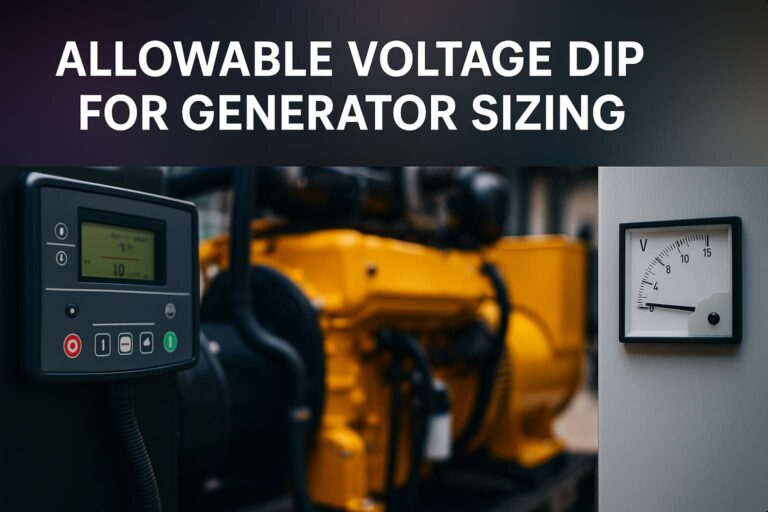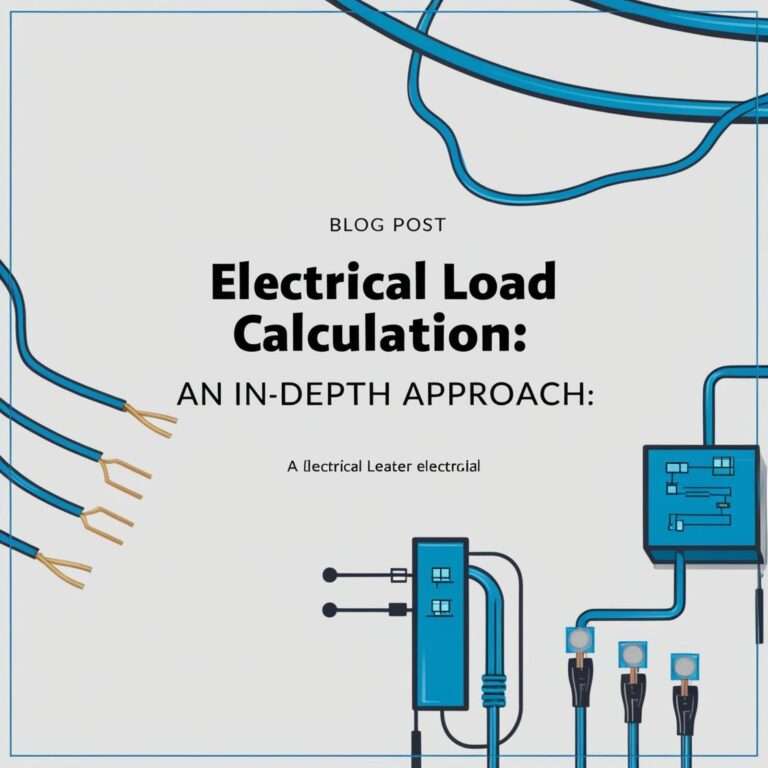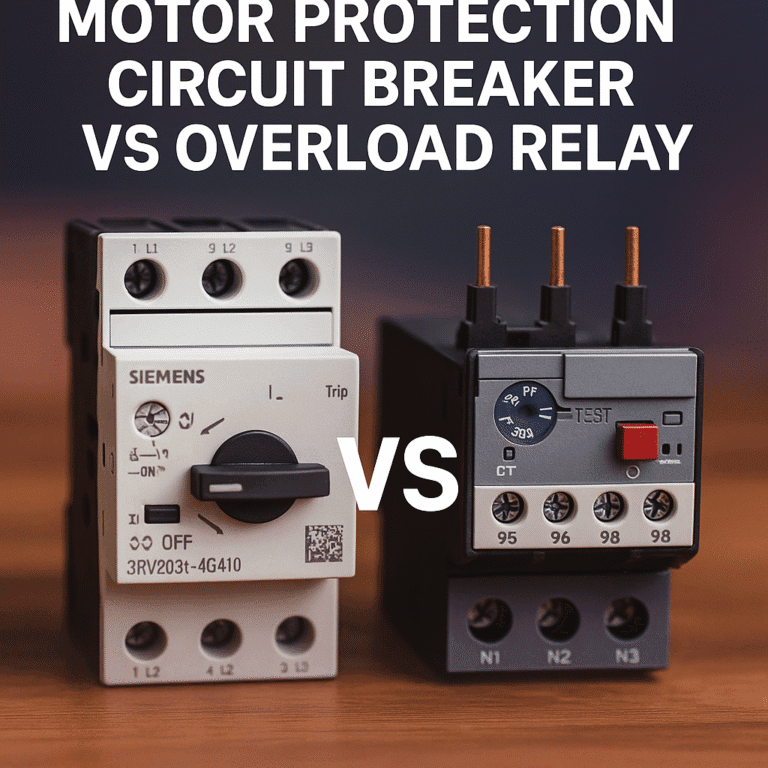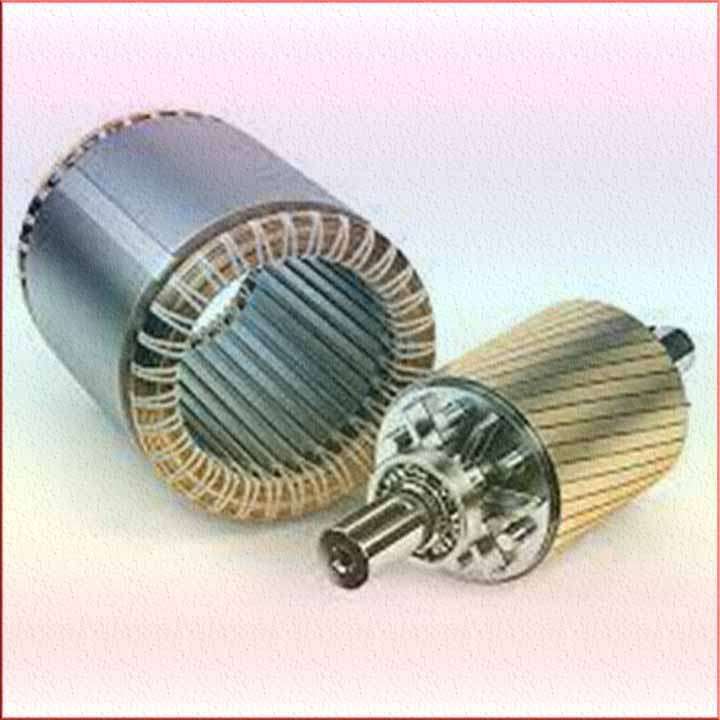Generator Circuit Breaker Sizing Calculation
Generator circuit breaker sizing calculation is a critical part of power system design. It helps protect both the generator and connected equipment. If the circuit breaker is too small, it will trip unnecessarily. If it’s too large, it may not trip when needed. So, correct sizing is essential for safety, efficiency, and long-term reliability.
Understanding how to perform generator circuit breaker sizing calculation starts with knowing the basic parameters. These include generator ratings, voltage, current, fault levels, and safety margins. Calculations are guided by international standards like IEC and IEEE. Let’s break it down step by step.
Why Generator Circuit Breaker Sizing Calculation Is Important
The main purpose of a generator circuit breaker is to interrupt faults. It also isolates the generator during maintenance or failure. Without proper sizing, the system faces severe operational risks.
Incorrect sizing can lead to:
- Nuisance tripping under normal load
- Failure to clear faults during short circuits
- Damage to the generator windings
- Unsafe operation of protection systems
Therefore, performing a proper generator circuit breaker sizing calculation is not just technical—it’s also critical for safety.
Key Parameters in Generator Circuit Breaker Sizing Calculation
To begin the calculation, you need a few important parameters. These include:
- Generator Rated Voltage (V)
- Generator Rated Power (kW or kVA)
- Power Factor (usually 0.8 lagging)
- Generator Full Load Current
- Short Circuit Capacity
- Trip Time Characteristics
The generator’s full-load current is the first step. You can calculate it using the formula:
I = (kVA × 1000) / (√3 × V)
This formula gives the three-phase current, which is used to determine the breaker’s current rating.
Use our online tool for free Circuit Breaker Size Calculator
Generator Full Load Current Example
Let’s use an example to understand this.
A 1000 kVA, 400 V, 0.8 pf generator:
I = (1000 × 1000) / (1.732 × 400)
I = 1000000 / 692.8 = 1443 A (approx.)
So, the circuit breaker must handle at least 1443 A continuously. But that’s not all. You must also consider the inrush current during startup and possible fault currents.
Generator Circuit Breaker Sizing Calculation – Thermal and Magnetic Settings
Circuit breakers have thermal and magnetic trip units. Thermal trips respond to overloads. Magnetic trips respond to short circuits.
The thermal setting should be around 110% to 125% of the full load current. The magnetic setting is usually 6 to 10 times the rated current.
Example Table for Breaker Settings
| Parameter | Value |
|---|---|
| Full Load Current | 1443 A |
| Thermal Trip Setting (125%) | 1803 A |
| Magnetic Trip Setting (8x) | 11544 A |
These values can vary depending on application and manufacturer guidelines. Always refer to product data sheets and design standards.
Generator Short Circuit Considerations
Generators have lower short circuit levels than transformers. But they still must be factored into breaker sizing. Typically, the generator subtransient reactance (X”d) is used to calculate peak fault current.
The formula is:
Isc = (E / X”d) × (1 / √3)
Where:
- E is generator voltage
- X”d is per-unit subtransient reactance
Let’s say a 1000 kVA generator has X”d = 0.2 pu and rated voltage of 400 V:
Isc = (400 / 0.2) × (1 / 1.732) = 2000 × 0.577 = 1154 A
This is just an example. The actual fault current can be higher due to AVR response and excitation system.
Breaker Interrupting Capacity in Generator Circuit Breaker Sizing Calculation
The interrupting capacity should be more than the expected fault current. A safety margin of 25% is often used. So, if your calculated fault current is 1154 A, choose a breaker with a breaking capacity of at least:
1154 A × 1.25 = 1442 A
But most modern breakers have much higher breaking capacity. Common ratings include 25 kA, 35 kA, or 50 kA. Choose based on your system design.
Generator Breaker Coordination With Protection Relays
When doing generator circuit breaker sizing calculation, coordination with protection relays is essential. The breaker must trip within the relay’s time-current curves.
Relays like 51 (overcurrent), 50 (instantaneous), and 87G (differential) work with the breaker to isolate faults. Choose breaker settings that align with relay characteristics.
Coordination ensures:
- Fast fault clearing
- No unnecessary tripping
- Stable system operation
This step requires careful study of time-current curves from both the relay and the breaker.
Generator Starting and Inrush Current
Generators can produce high inrush current during startup. Especially when connected to large motors or transformers. This can affect the breaker’s magnetic trip settings.
To avoid nuisance tripping:
- Set magnetic trip delay
- Use soft starters or VFDs
- Set magnetic pickup higher than expected inrush
Typical starting inrush is 6 to 8 times full load current.
Generator Circuit Breaker Sizing Calculation for Multiple Generators
In a system with multiple generators operating in parallel, sizing becomes complex. You need to consider:
- Combined load current
- Fault contribution from each generator
- Synchronization process
- Individual vs. common breaker schemes
Each generator may have its own breaker or share a common breaker through a bus-tie. Calculations must reflect all operating scenarios.
Standards and Guidelines for Generator Circuit Breaker Sizing Calculation
Several standards help guide the sizing:
- IEC 60947 – Low-voltage switchgear and controlgear
- IEEE Std C37.013 – For high-voltage generator circuit breakers
- NFPA 70 (NEC) – Electrical installations in the US
- IEC 62271-100 – For high-voltage AC circuit breakers
Refer to the applicable standard based on your region and voltage class.
Summary of Generator Circuit Breaker Sizing Calculation Steps
Let’s wrap up the process with a clear summary in paragraph form.
Start by calculating the full-load current using the generator’s kVA and voltage. Apply a thermal margin of 10–25% for overload protection. Set the magnetic trip to 6–10 times the rated current to handle short circuits. Analyze the generator’s fault level using subtransient reactance to find the expected short circuit current. Choose a breaker with an interrupting capacity that exceeds this by at least 25%. Also, make sure the breaker coordinates well with the protection relay system. For systems with high inrush or multiple generators, adjust your settings to avoid nuisance trips and ensure seamless operation.
Final Thoughts on Generator Circuit Breaker Sizing Calculation
Accurate generator circuit breaker sizing calculation ensures safe and stable operation. It protects equipment and people. It minimizes downtime. And it extends the life of your generator system.
This is not a one-size-fits-all process. Each installation is unique. Always consult your electrical engineer, refer to product datasheets, and follow applicable standards.
Remember, a well-sized breaker is a small investment for a big gain in reliability and safety.
Follow Us on Social:
Subscribe our Newsletter on Electrical Insights to get the latest updates in Electrical Engineering.
#GeneratorCircuitBreaker, #BreakerSizing, #ElectricalEngineering, #GeneratorProtection, #CircuitBreakerCalculation, #PowerSystemDesign, #ElectricalSafety, #ShortCircuitProtection, #GeneratorDesign, #IndustrialGenerators, #LoadCalculation, #BreakerSelection, #MotorControl, #PowerDistribution, #ElectricalDesign






